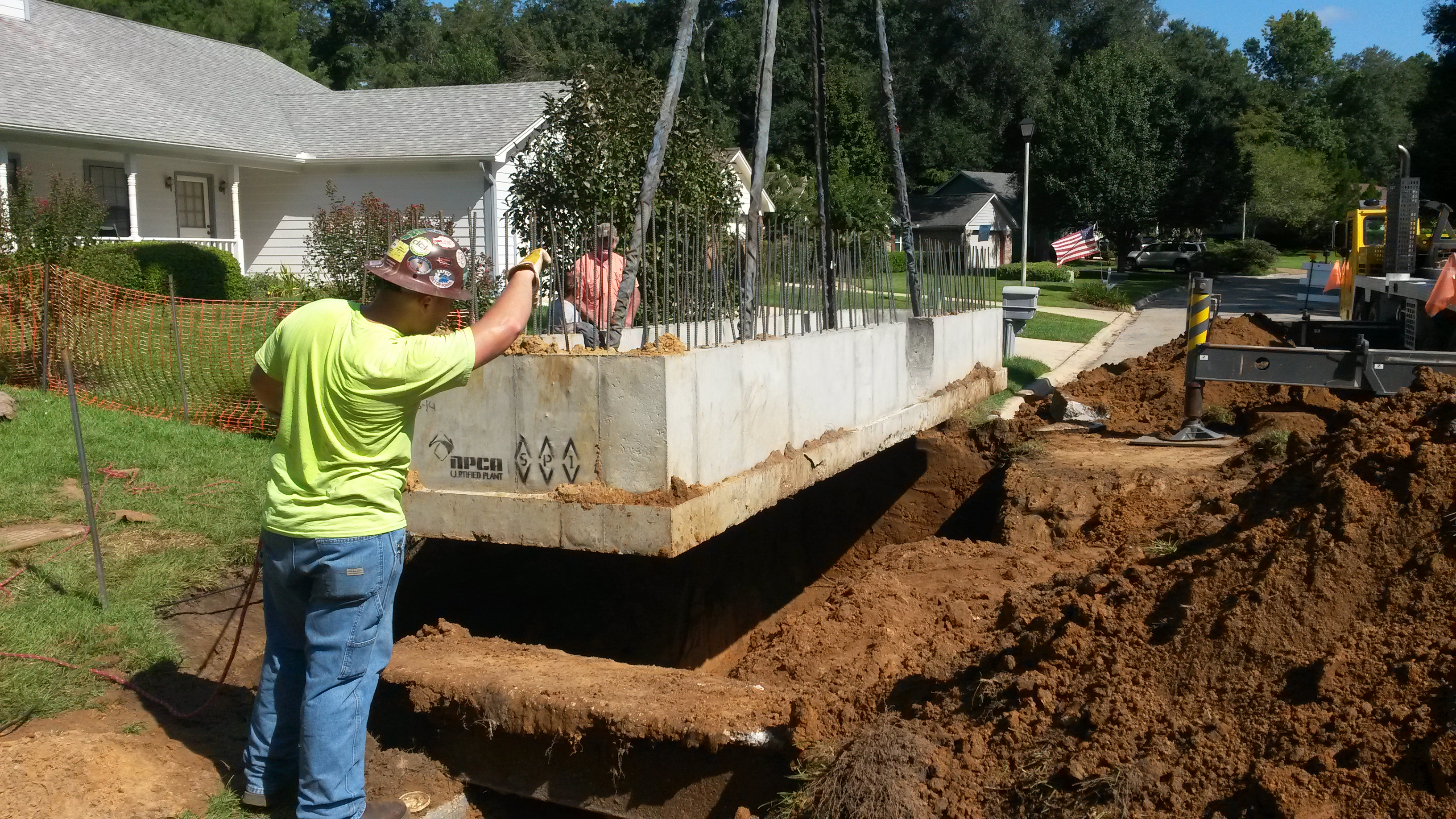











The Meadowbrook subdivision experienced frequent flooding of roadways, yard, and homes. Approximately 60 acres of offsite area drains to the subdivision, overwhelming the secondary storm sewer system resulting in overland flow between houses and along roadways. Because the complexity of overland flow between structures and over roadways is so difficult to capture in a traditional 1-Dimensional (1-D) stormwater model, SAI used ICPRv4 to model the project area, including 2-D surface flow components along with an interface to traditional 1-D drainage components (e.g. storm pipes, channels, retention/detention ponds). SAI modeled inlet throats to reflect inlet capacity at the interface between surface flow and the pipe system. A highly discretized triangular 2-D mesh was created to convey the overland flow through the neighborhood for both existing and proposed conditions. The existing conditions mesh included approximately 12,500 nodes and nearly 35,000 links in an area of less than 0.5 square miles.
SAI developed twelve design alternative solutions (BMPs) to address the flooding issues experienced by the community. The recommended design included nearly 700-feet of concrete pipe (18" to 48") and a stormwater pond with a vertical wall to detain the 60-acres of offsite runoff. The wall detains about 6 feet of water behind the homes within the subdivision before discharging through the pipe system. The use of 2-D modeling allowed SAI to optimize the design and reduce the wall height, saving the City over $200,000 in construction costs. SAI prepared full construction plans and successfully permitted the project through the water management district.